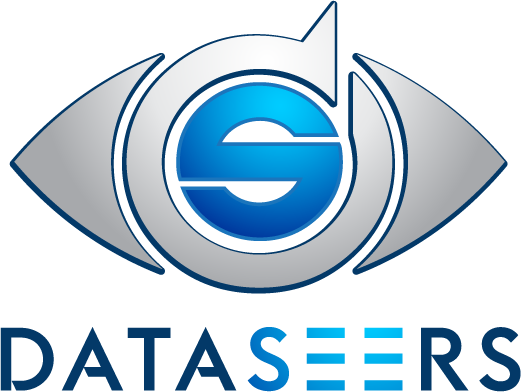On March 18, 2020, President Trump signed into law the Families First Coronavirus Response Act (FFCRA), which provided additional flexibility for state unemployment insurance agencies and additional administrative funding to respond to the COVID-19 pandemic. To receive unemployment insurance benefits, you need to file a claim with the unemployment insurance program in the state where you worked. Depending on the state, claims may be filed in person, by telephone, or online.
Did you file your claim, or did somebody scam you by using your personal information?
States have reported losses in the millions, especially during this time of economic crisis. Several reports have been filed in the past regarding the breaches that compromised the personal information of US citizens, but were any measures taken to prevent the stolen information from being used?
Banks, prepaid card companies and customers must work together to prevent fraud in times of crisis
Take, for example, when the news was out to apply for unemployment benefits, banks saw an increasing number of new accounts getting created. In some cases, the same individual was also creating a virtual prepaid account. Funds to those accounts were deposited using the unemployment checks and immediately transferred into a prepaid card. When such activities were seen, the accounts should have been closed, but instead it was reported that they used the same bank accountA bank account is a financial account provided by a bank. It allows depositing, withdrawing, and managing funds securely. More multiple times for cashing out the unemployment checks.
Hackers don’t really have to be smart to pull these tricks off. They are getting good at their job as the work force has become remote and the attacks have become easy because the data and information is flowing in all directions.
Most of the data that flows through the system in a day represents millions of transactions. Due to this volumizing nature of transactions, we need to stop using the traditional ways of storing and processing data which takes days to process.
There are many ways to solve these issues
For example, at Dataseers, we have a lot of compliance data available, but we don’t have a list for all the stolen records from the past. So our first step is, when an incident is reported for breach and some kind of PCI PII compliant data is stolen, we should be able to identify the individuals and create a list that should be available to all. Once we have done that, firms need to make sure they ingest the stolen data daily and match it against the records that they receive.
We need to do the ingest, match, generate alerts on the same day to catch fraudsters because as days pass, they scam the system and stop using that card. After that point, you are just reporting the fraud not stopping it. So, everything is driven by time, and in today’s world we have various exciting tools and technologies that can be used for this purpose. One of my favorites is HPCC Systems, which allows faster and parallel processing. It provides a complete data lake management from ingestion to data enrichment to content delivery.
Regardless of system, the key to preventing unemployment fraud during the COVID-19 pandemic is using the right technologies that allow you to manage data in one place, so that you spend less time formatting and ingesting data and more time analyzing it.
Originally posted in Transaction Trends


